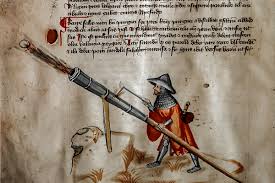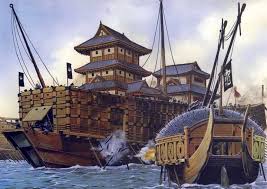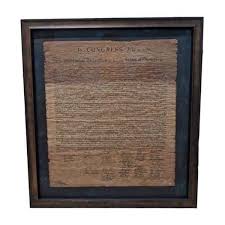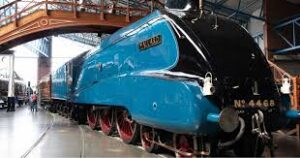Vaša košarica je trenutno prazna!
1326 – The First Gunpowder Rifle

In 1326, historical records mention the first handheld gunpowder weapon. This marked a major milestone in military history, leading to the development of modern firearms. The early gun was a simple iron tube used to launch projectiles with explosive force. Though crude, it was revolutionary compared to bows and swords. This invention changed the dynamics of medieval warfare. It signaled the decline of heavy armor and castles. Gunpowder weapons spread rapidly across Europe in the following decades. This event is often seen as the birth of modern ballistics.
1363 – Hockey Banned in England

In 1363, King Edward III issued a royal proclamation banning various “idle games,” including hockey. The aim was to encourage archery practice, essential for England’s military strength. Hockey, along with football and dice games, was seen as a distraction. The ban highlights how seriously medieval rulers viewed physical training. It also shows the long history of organized sport in British culture. Despite the law, hockey continued to thrive informally. This decree is one of the earliest references to hockey in history. Today, it’s remembered as an odd footnote in the evolution of sports.
1411 – Battle of Harlaw

The Battle of Harlaw was fought in Scotland between Highland and Lowland forces. It took place near Inverurie and involved Donald of Islay’s attempt to claim the Earldom of Ross. The conflict is seen as one of the bloodiest in Scottish medieval history. Both sides suffered heavy losses with no clear victor. It represented the clash between Gaelic and feudal cultures. This battle is often remembered as “Red Harlaw” for its bloodshed. It played a role in shaping Scottish clan politics for decades. Harlaw became a symbol of Highland resistance.
1597 – Battle of Myeongnyang

Led by Admiral Yi Sun-sin, the Korean navy won against overwhelming Japanese forces at Myeongnyang Strait. Yi commanded only 13 ships against over 300 Japanese vessels. His strategic use of the narrow strait turned the tide of battle. The Korean victory protected the country from total naval collapse. It remains a defining moment in East Asian naval history. Yi’s tactics are still studied in military academies today. His leadership saved Korea from occupation. The battle showcases how ingenuity can overcome numerical inferiority.
1776 – US Declaration of Independence Printed

On July 3, 1776, the first printed copies of the U.S. Declaration of Independence were produced. Known as the Dunlap broadsides, they were distributed to spread the revolutionary message. Only about 26 original copies remain today. This moment formalized the break from British rule. It is a cornerstone of American identity and democratic ideals. The printed word helped unite the colonies against tyranny. This publication turned political ideals into a tangible declaration. It marked the beginning of American nationhood.
1938 – Mallard Sets Steam Locomotive Speed Record

On July 3, 1938, the British locomotive Mallard set the world speed record for steam engines. Reaching 125.88 mph (202.58 km/h), it remains unmatched to this day. Mallard was built by the London and North Eastern Railway and designed by Sir Nigel Gresley. It represented the peak of steam engineering. The achievement highlighted Britain’s industrial innovation before WWII. Mallard’s record run happened on the East Coast Main Line. Today, it is preserved at the National Railway Museum in York. The locomotive is a symbol of rail history and engineering excellence.
Explore more historical war machines on our Timeline Stories site.
